A collection of sketches that haven’t been seen for over 15 years are on display in an exhibition that looks at the movers and shakers of the Tudor court of King Henry VIII.
It’s mainly the works of the German born artist Hans Holbein the Younger, who moved to England, worked his way up the painted pole and secured the position of King’s Painter. Although there were other artists, and other King’s Painters, Holbein defines the look of the Tudor court in modern eyes, thanks to several of his most famous paintings.
Much of his popularity in the Tudor court was because he was a good painter, but with an eye on who was paying, he had a habit of flattering his subjects. Famously, his flattering portrait of Anne of Cleves allured King Henry VIII into a mail-order marriage. But, here in the exhibition is a painting of a handsome Derich Born, which we now know massively flatters the young man. Recent conservation and research (on display in a side room) have uncovered the many layers of paint showing how Holbein originally painted a rather chubby face and then progressively slimmed him down.
People complain about applying filters to social media photos to flatter the subject as if it’s a new problem, but Holbein was doing the same thing centuries ago.
Not that he had a lack of subjects to flatter. The exhibition opens with a painting of Philip the Handsome, which seems generous to the rather plain looking man, until you turn around and see what the other European Royals looked like. The inbreeding within Europe’s royals was profound, and it allowed plain Philip to be handsome Philip and may have explained some of the observations about the young King Henry being a very handsome man. After all, look what he was up against.
The heart of the exhibition though aren’t paintings, but sketches that were never intended to be seen, and probably not even kept. These are the preparatory sketches that Holbein would draw of people to later turn into full portraits. Kept in a large book that Henry VIII probably acquired after Holbein’s death, they’re rarely shown in public to preserve them, so this is a rare outing for them.
There’s the collection of sketches of Thomas More’s family used for a large painting that’s now been lost, and so very many sketches of pretty much everyone who was anyone in the Tudor Court.
An indication of how unlikely it was that the sketches were intended to survive can be seen on a freestanding sketch of Thomas More, and if you look closely at the back, you can see the lines have all been pin-pricked. Holbein placed the sketch onto his canvas and covered the back with charcoal to transfer the outline onto the canvas.
Leaving behind an early version of join the dots.
There are a few side by side here, where the Royal Collection owns both the original sketch and the final painting, so you can compare the two. The sketches show what an accomplished draughtsman Holbein was, as he captures the essence of his subjects and, at times, is almost photographically accurate in the detailing.
A sketch of an unidentified man, possibly Thomas Cromwell’s secretary from 1535 shows Holbein’s mastery of sketching with chalk, and the way he captures the man’s pierceing gaze is striking.
One of the most interesting sketches on display is one that might be of Anne Boleyn. It’s a contested attribution, but if it is her, then it’s one of the few pictures of her drawn from life that survived, and the plain clothes she’s wearing are suggestive that it might have been a larger study to be painted as a private miniature.
A very rough sketch of the very young Prince Edward (future King Edward VI) is thought to be so rough because the young prince wouldn’t sit still. Nearby is a grander later portrait of the Prince in the sort of attire and pose associated with his father. He may have only been nine years old, but he still had to have a codpiece poking out of the tunic to demonstrate his future virility.
The collection of sketches is a wonderous glimpse into the Tudor court that we were never meant to see, and here in this exhibition, their simple use of muted colours on plain paper outshines the finished portraits, which come across as almost too fussy in comparison.
The sketches are unlikely to be seen in public again for another decade or more, so this is a rare chance to see them, and it’d be a shame to miss it.
The exhibition, Holbein at the Tudor Court is at The King’s Gallery until
Adult: £19 | Young Person (18-24): £12 | Child (5-17) / Disabled: £9.50 | Under 5: Free
If you book tickets in advance, print your ticket before visiting, and you can have it upgraded to an annual pass so that you can visit this exhibition and the next one using the same ticket.
Exhibition Rating
The King's Gallery, Buckingham Palace
Buckingham Palace, London
SW1A 1AA

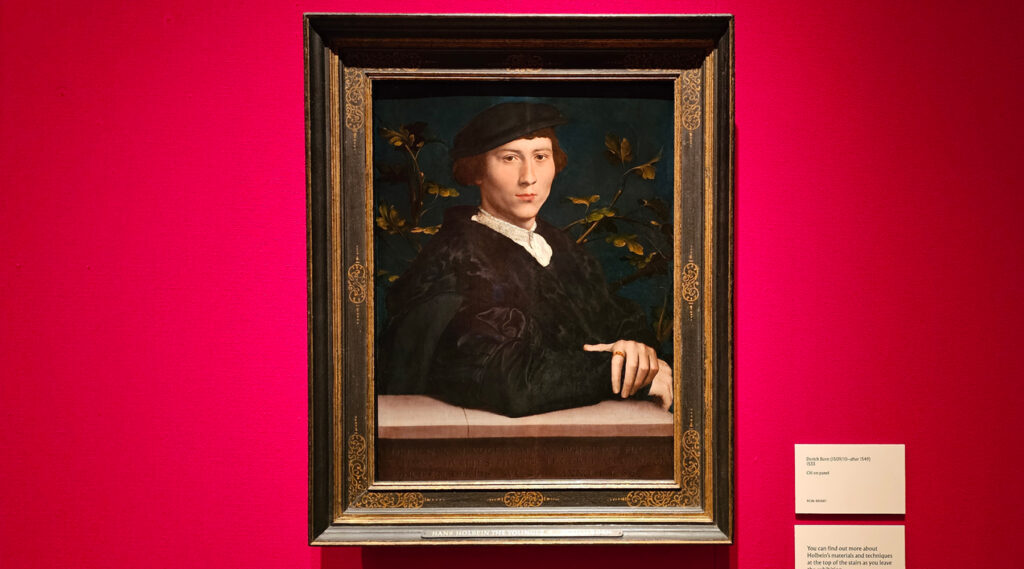
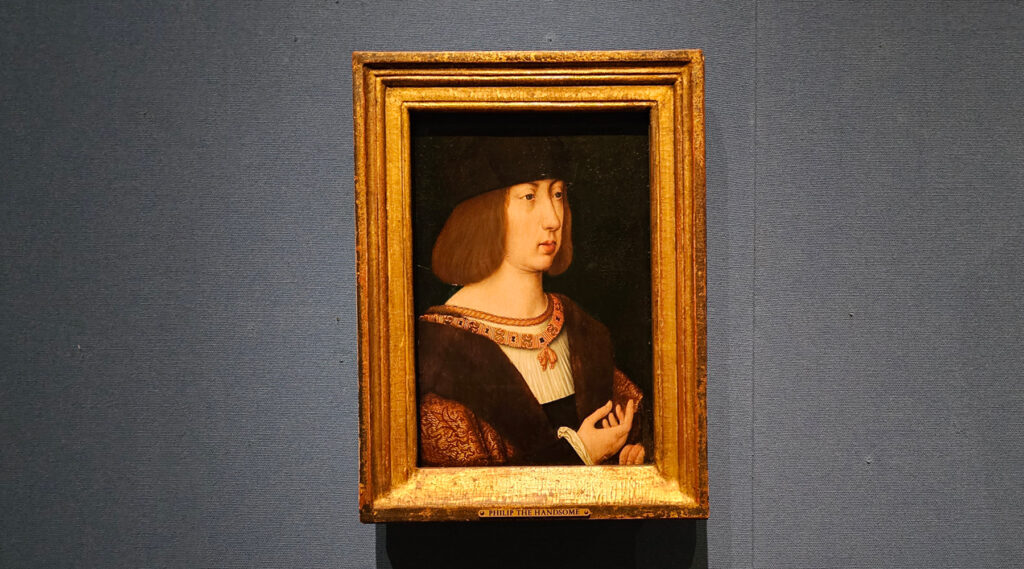
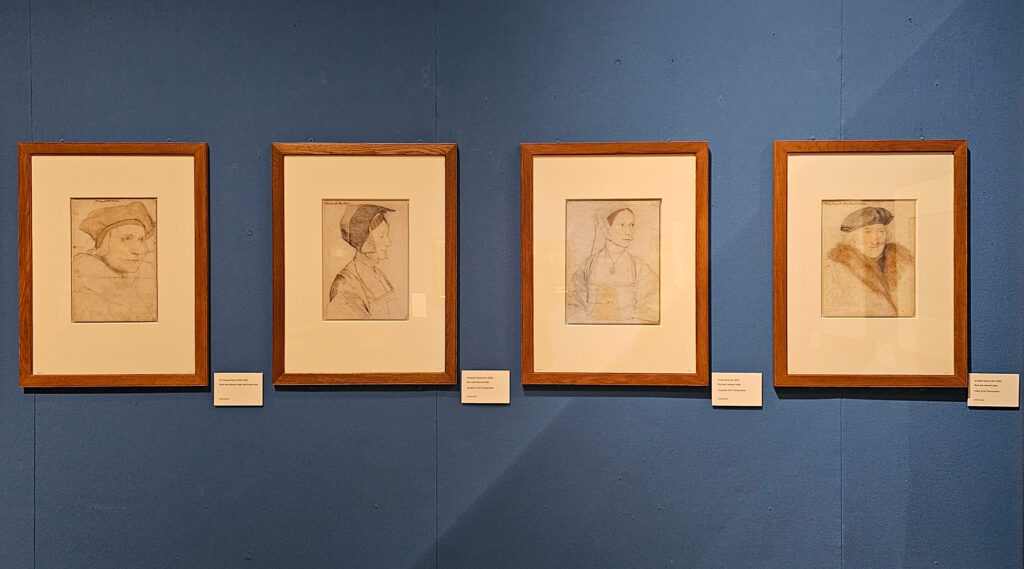
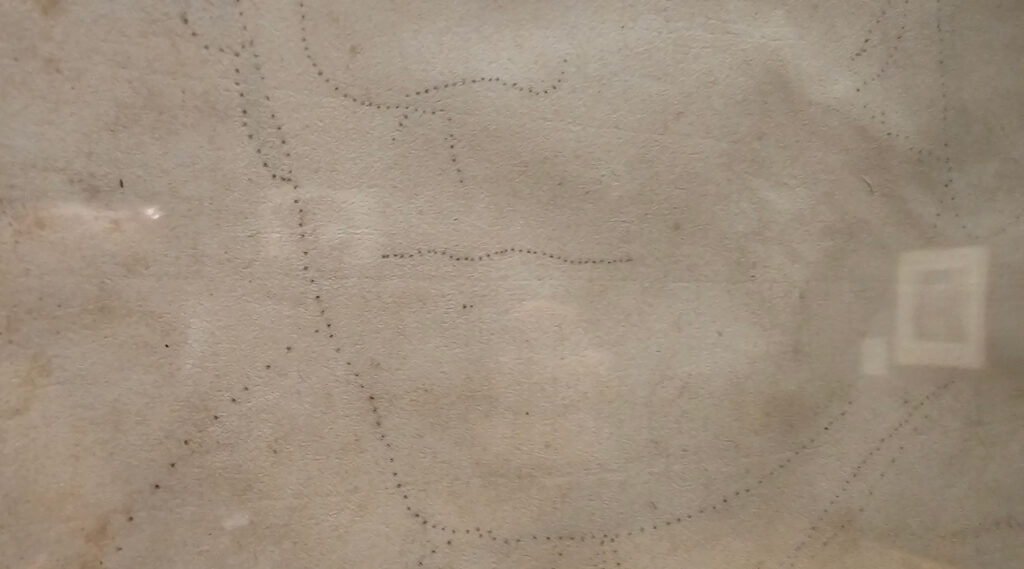
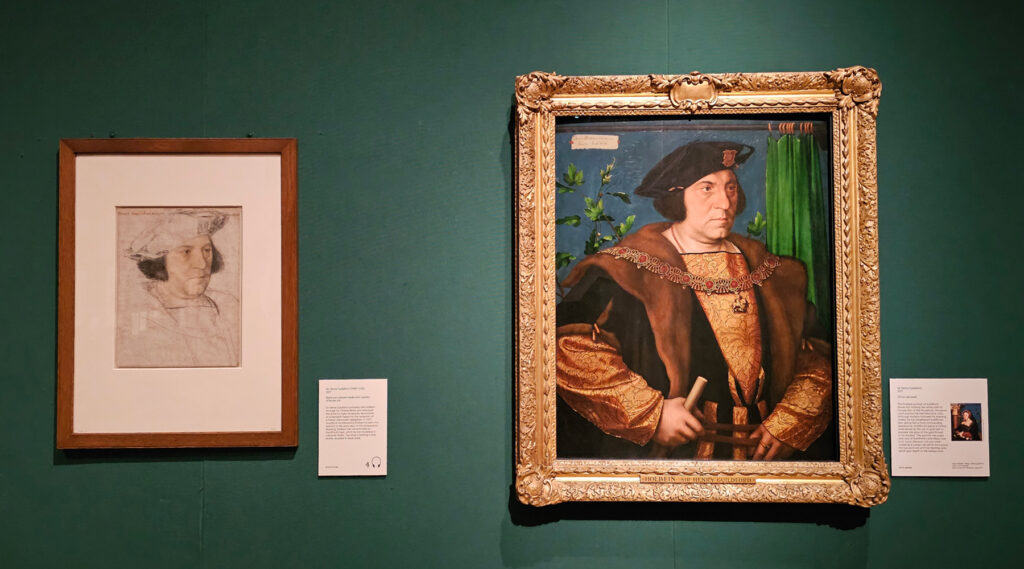
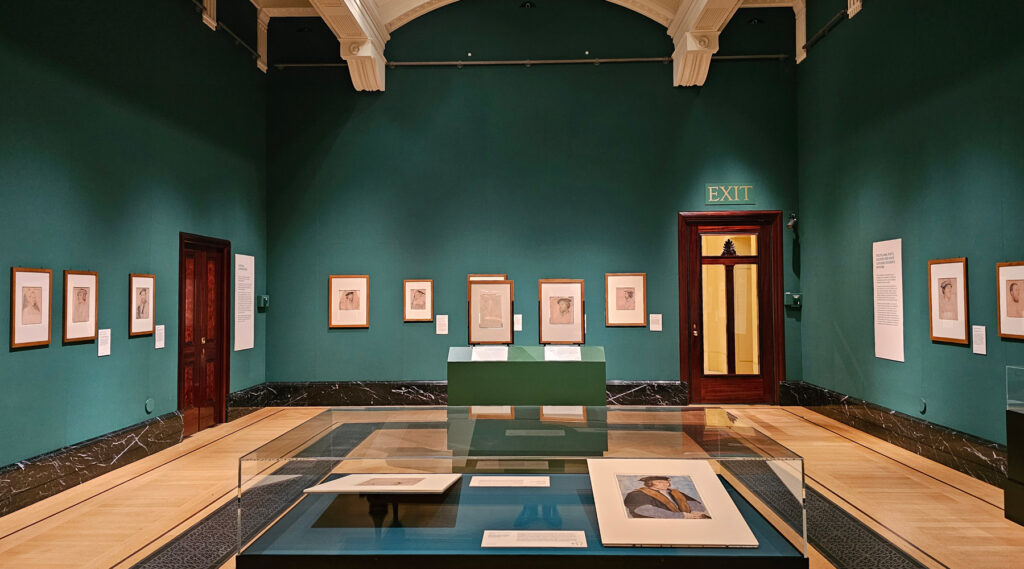






Leave a Reply